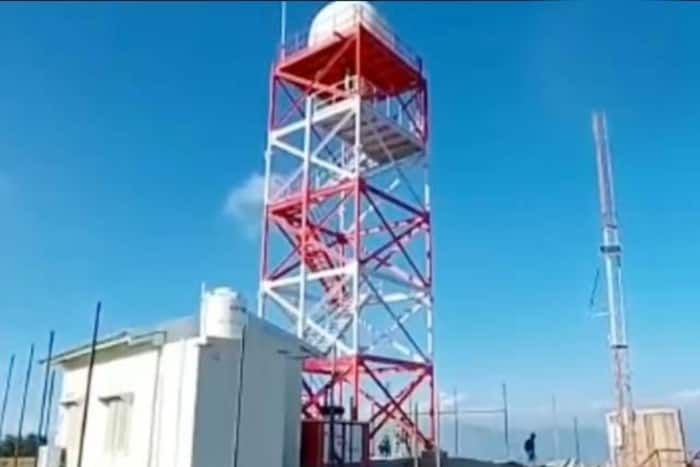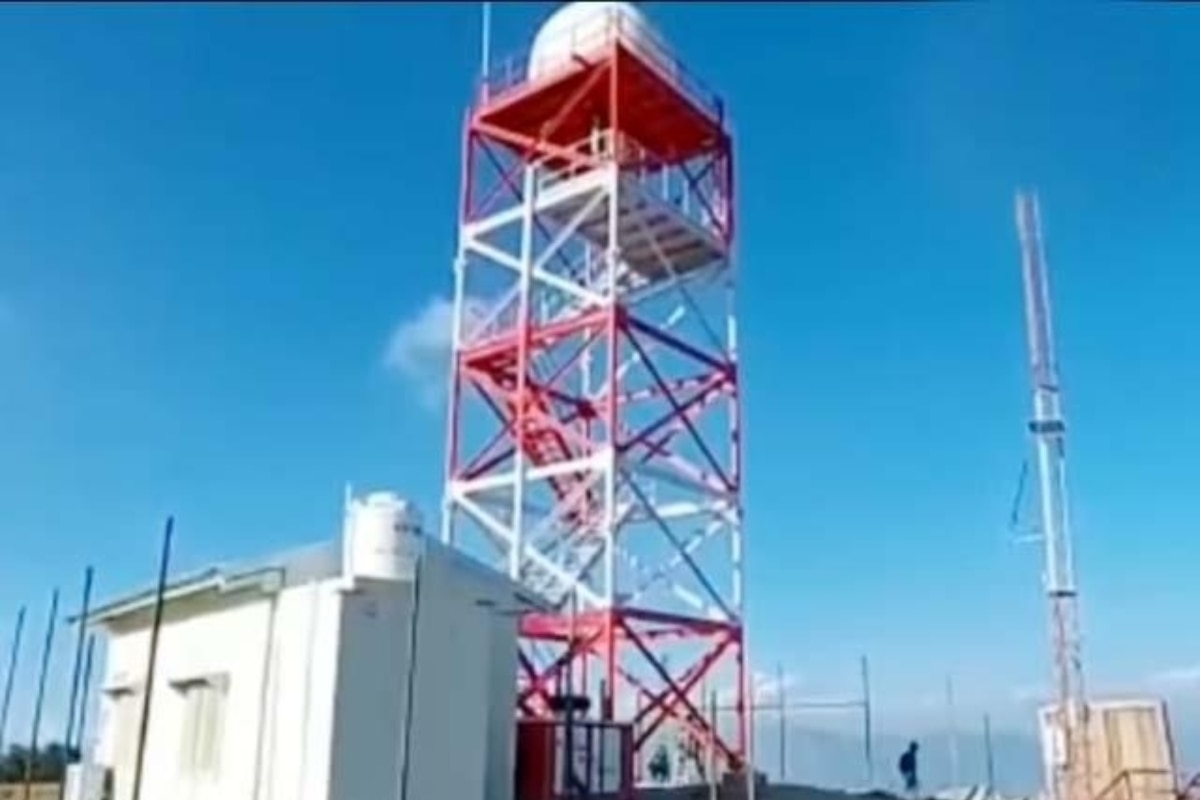The locations include Guwahati, Dhubri, Jorhat, Tezpur, and Silchar in Assam.

New Delhi: The government has begun the acquisition and installation of 10 X-band Doppler weather radars (DWRs) to improve weather forecasting and surveillance in the northeast region and the Lahaul and Spiti district of Himachal Pradesh, as informed to the Parliament on Thursday.
Dr. Jitendra Singh, Union Minister of State with Independent Charge for Science and Technology, announced in the Rajya Sabha that these radars will be installed at strategic locations throughout the northeastern states.
The locations include Guwahati, Dhubri, Jorhat, Tezpur, and Silchar in Assam; Aizawl in Mizoram; Dimapur in Nagaland; Imphal in Manipur; and Mandala Top and Namsai in Arunachal Pradesh.
“The radars are expected to significantly bolster the region’s capacity to monitor and respond to weather-related events,” said the minister.
Dr. Singh announced that, alongside the installations in the northeast, the government has also finalized the procurement of an X-Band Doppler Weather Radar for the Lahaul and Spiti district.
“The radar will play a crucial role in enhancing weather forecasting in the Himalayan region, which is prone to sudden and severe weather changes underscoring the government’s commitment to improving disaster preparedness and providing accurate weather information to the citizens of these regions,” he said.
The deployment of these radars is part of a broader initiative by the government to strengthen the country’s meteorological infrastructure.
“By enabling more precise and timely weather predictions, these radars will contribute to better disaster management, potentially saving lives and reducing property damage during extreme weather events,” he stressed.
X-band radars operate within a wavelength range of 2.5-4 cm and a frequency range of 8-12 GHz. Their smaller wavelengths make them more sensitive to detecting finer particles. However, X-band radars attenuate quite readily, which limits their use to short-range weather observation. They are commonly utilized in research on cloud formation and light precipitation, as they excel at identifying minuscule water droplets and snowflakes.
(With IANS inputs)

